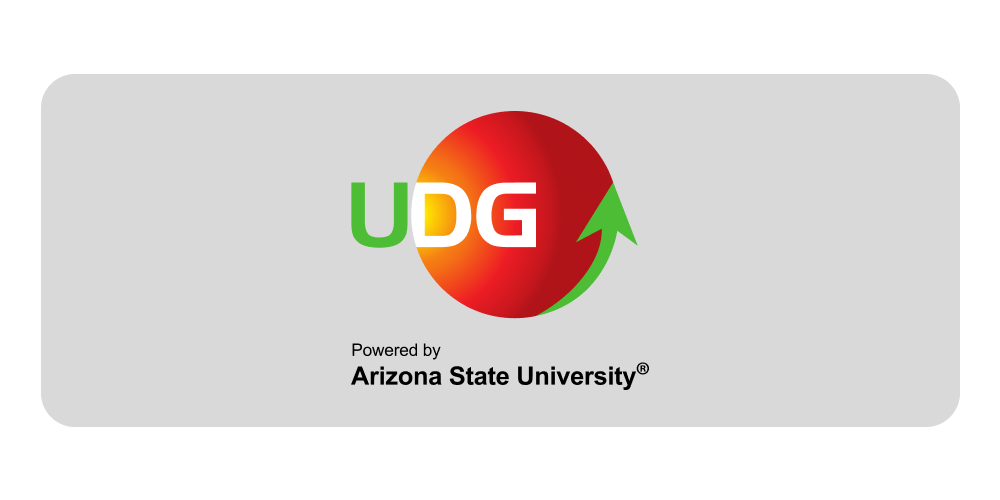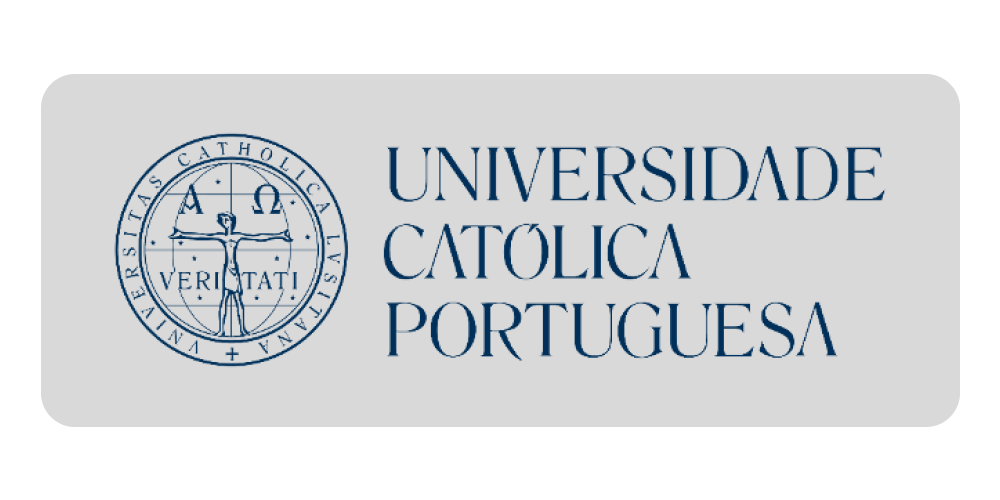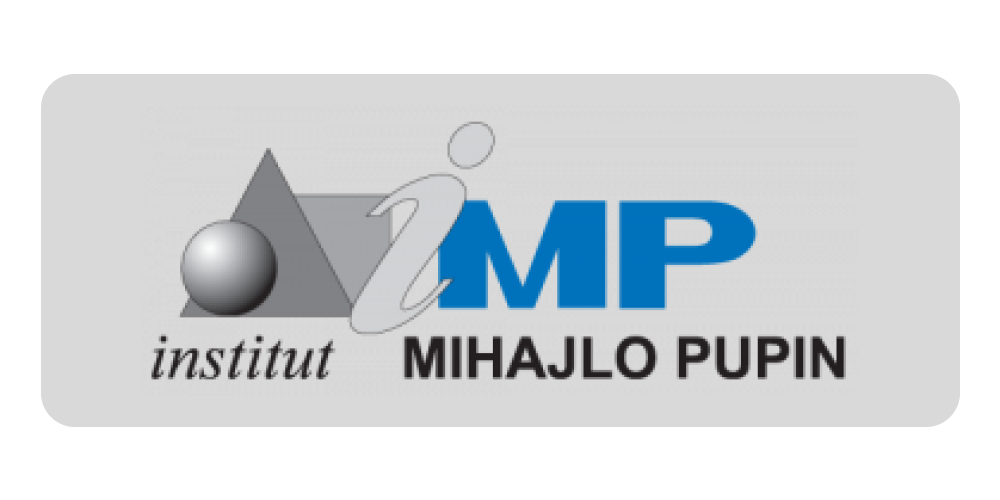'Faculty of Political Science, University of Zagreb'
Crna Gora: "Izgubljena" u problemu državnosti
2017
Almost 20 years since the fall of the semi-authoritarian regime, Montenegro is still regarded as a defective and not as a consolidated democracy. This article puts forward one key determinant for the slow process of democratic consolidation in Montenegro – the unresolved statehood problem. It thereby does not focus on the functional state, but instead uses the classical definition of statehood with three dimensions: state power, state territory, and the people. The article seeks to contribute to a better understanding of two issues: the democratization process of Montenegro and the relationship between the state and democracy. It uses the explaining outcome process tracing method and attempts to craft a minimally sufficient explanation of an outcome by developing theoretical causal mechanisms.Gotovo dvadeset godina od sloma poluautoritarnog režima Crna Gora još se kategorizira kao defektna, a ne kao konsolidirana demokracija. U ovome članku analizira se ključna odrednica sporog procesa demokratske konsolidacije u Crnoj Gori – neriješen problem državnosti. Autor se pritom ne usredotočuje na funkcionalnu državu nego, umjesto toga, koristi klasičnu definiciju državnosti s trima dimenzijama: državna moć, državni teritorij i narod. Članak nastoji pridonijeti boljem razumijevanju dvaju pitanja: procesu demokratizacije u Crnoj Gori i odnosu države i demokracije. U analizi se koristi metoda process-tracing kako bi se došlo do minimalnoga dovoljnog objašnjenja ishoda razvojem teorijskih uzročnih mehanizama
'Faculty of Political Science, University of Zagreb'
Crna Gora: "Izgubljena" u problemu državnosti
Almost 20 years since the fall of the semi-authoritarian regime, Montenegro is still regarded as a defective and not as a consolidated democracy. This article puts forward one key determinant for the slow process of democratic consolidation in Montenegro – the unresolved statehood problem. It thereby does not focus on the functional state, but instead uses the classical definition of statehood with three dimensions: state power, state territory, and the people. The article seeks to contribute to...
Preuzmite dokument
2017
 Filip Milačić
Filip Milačić






